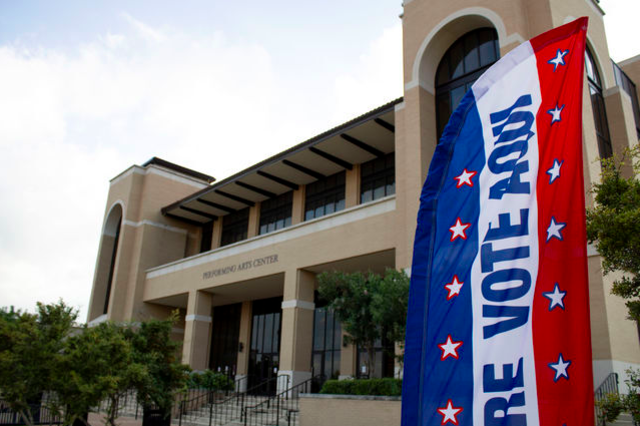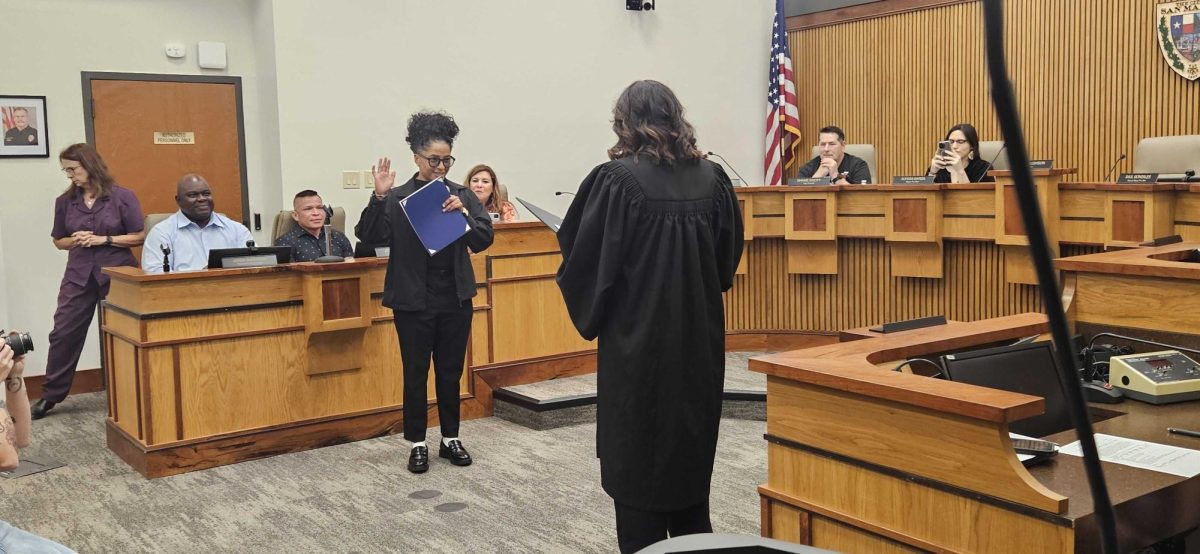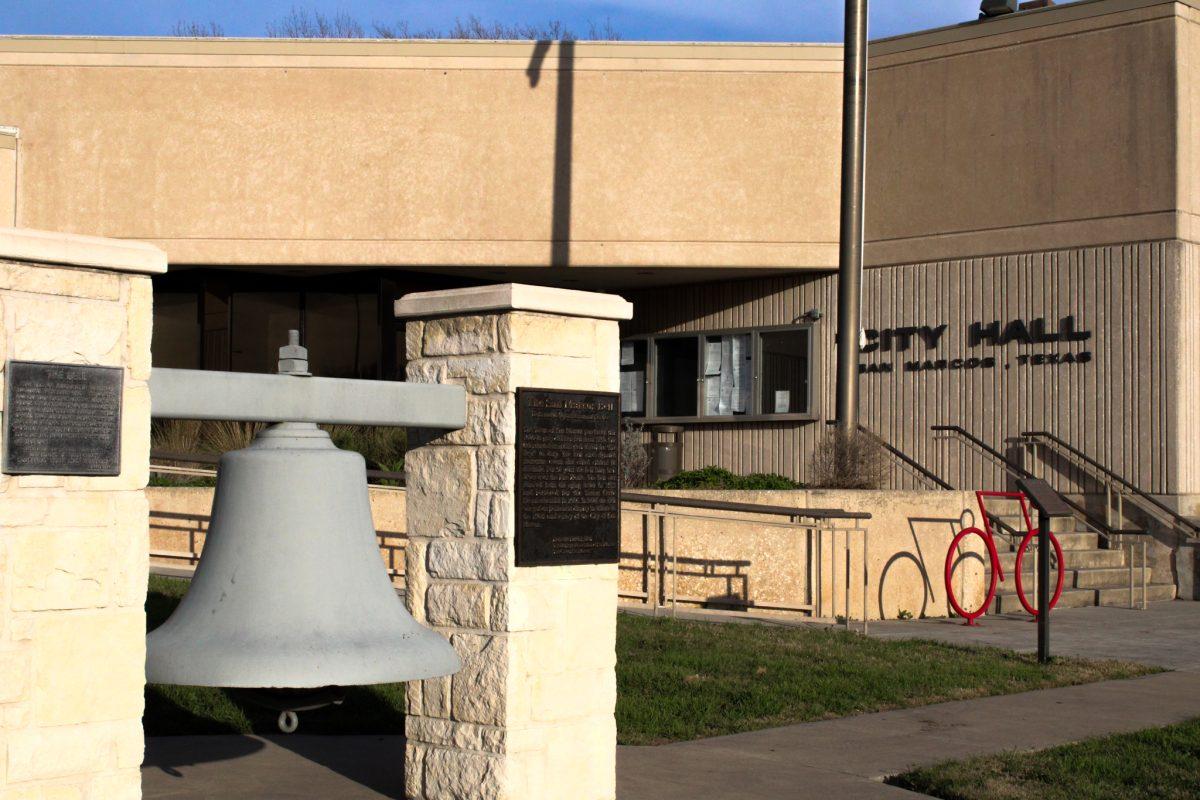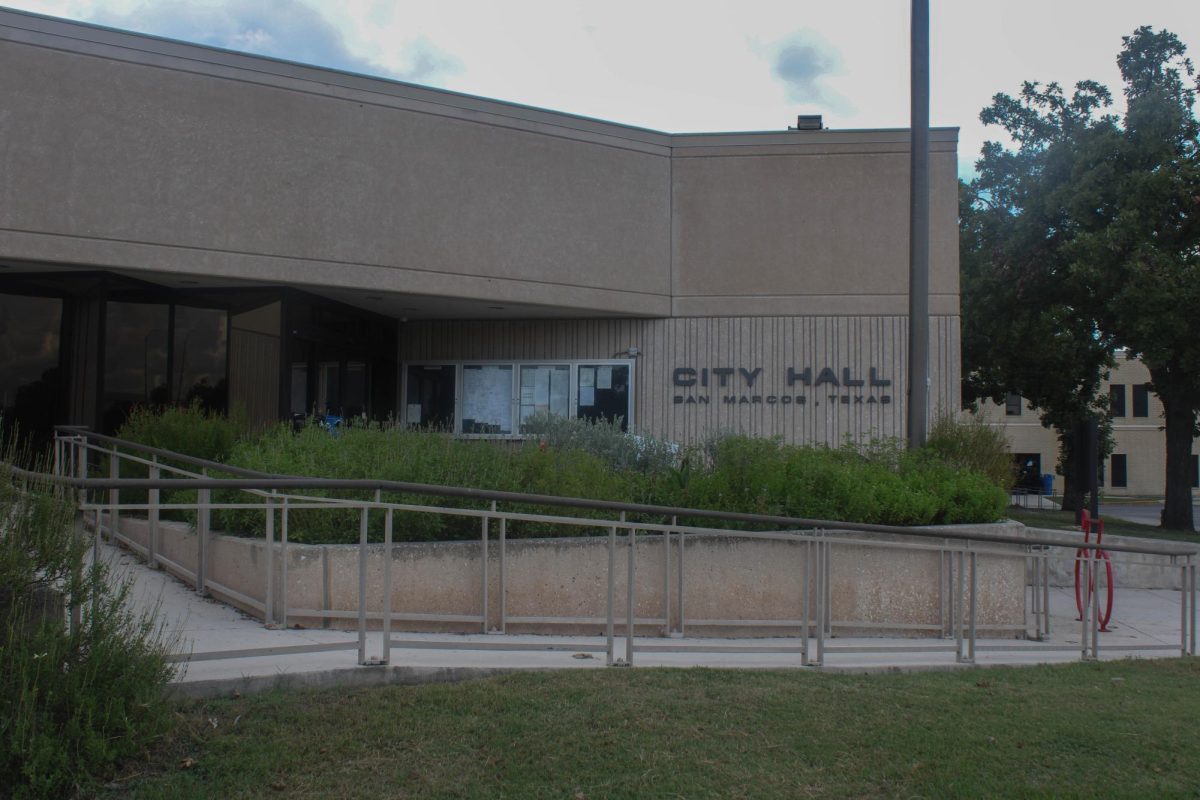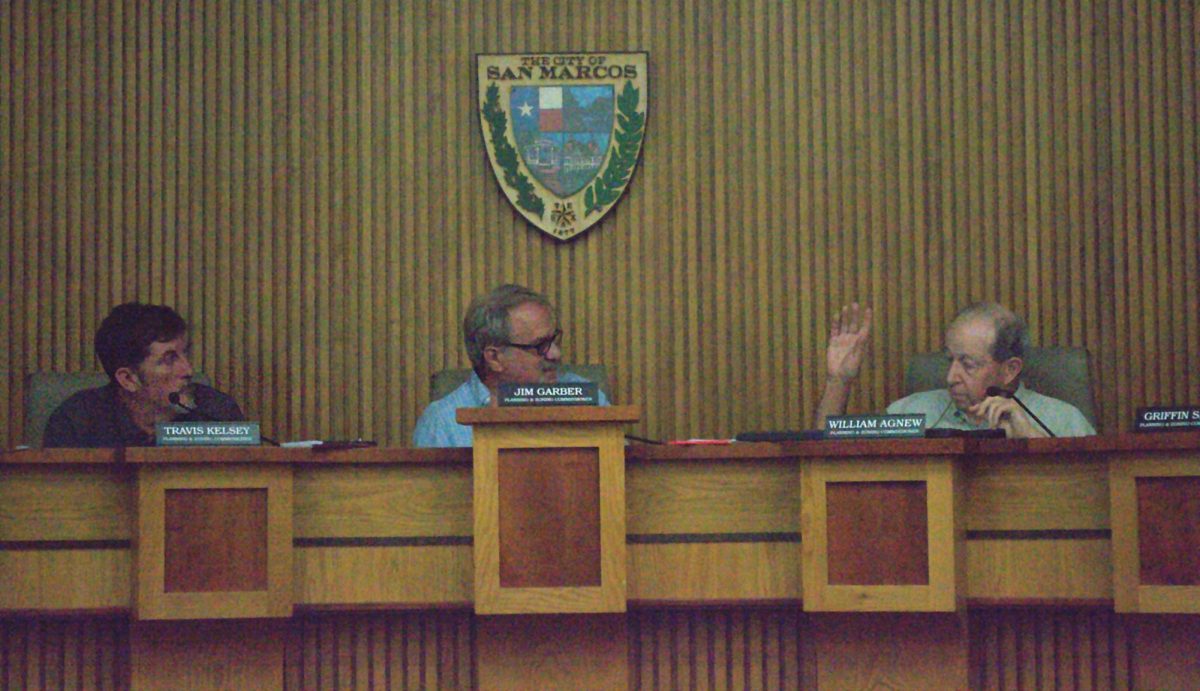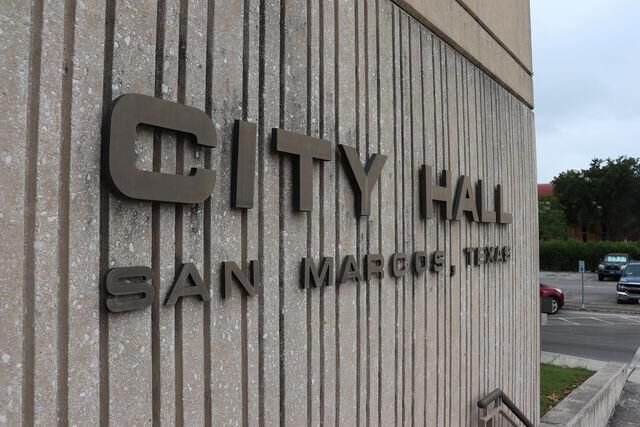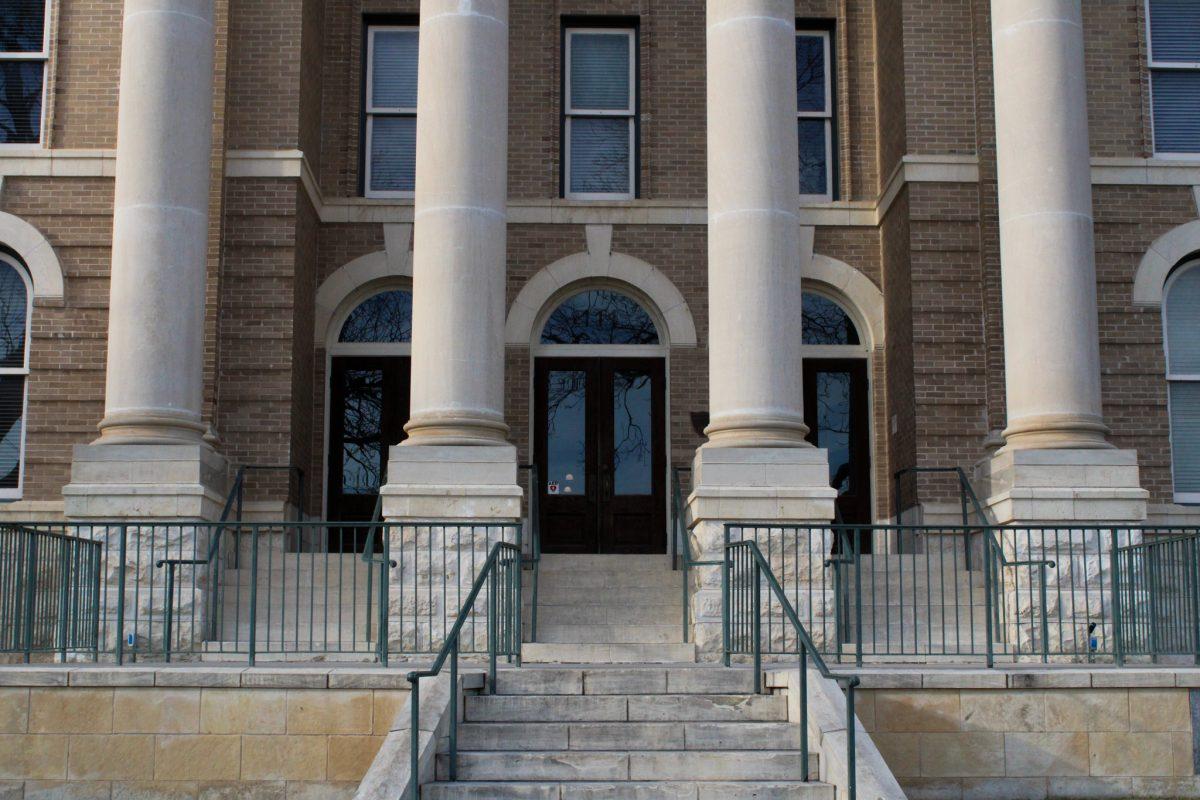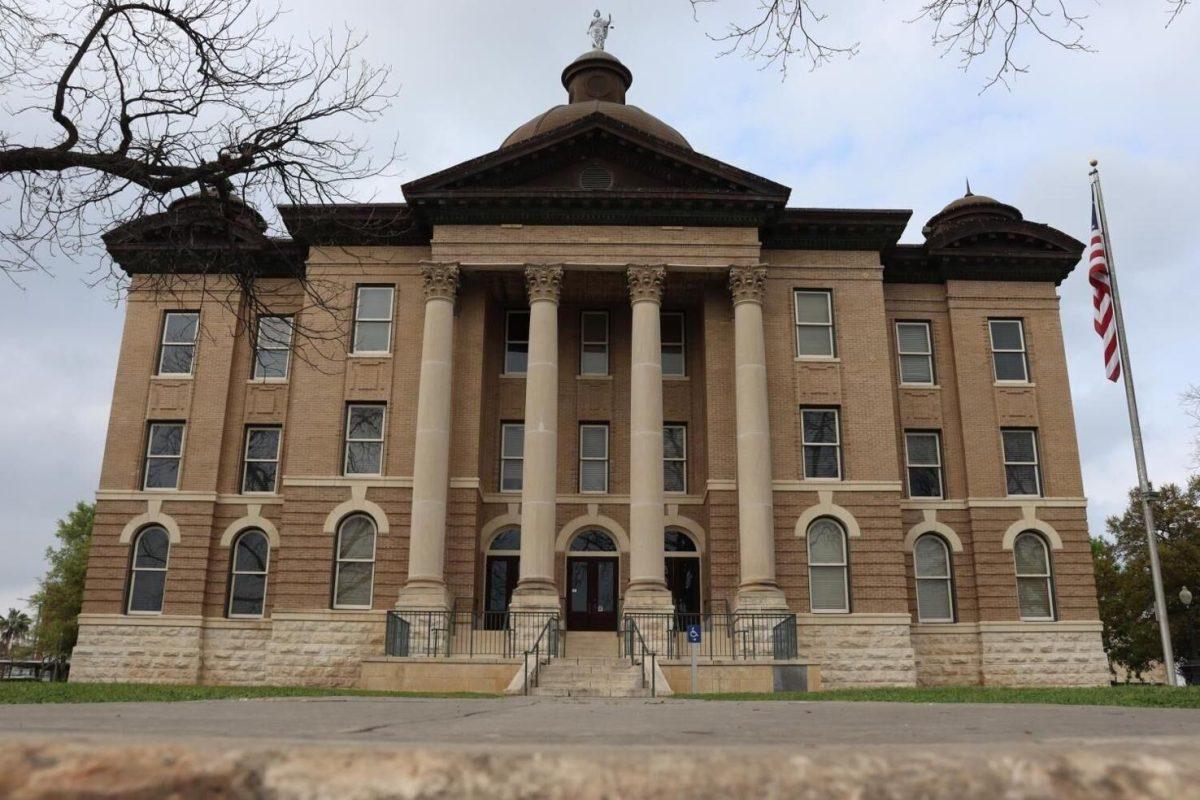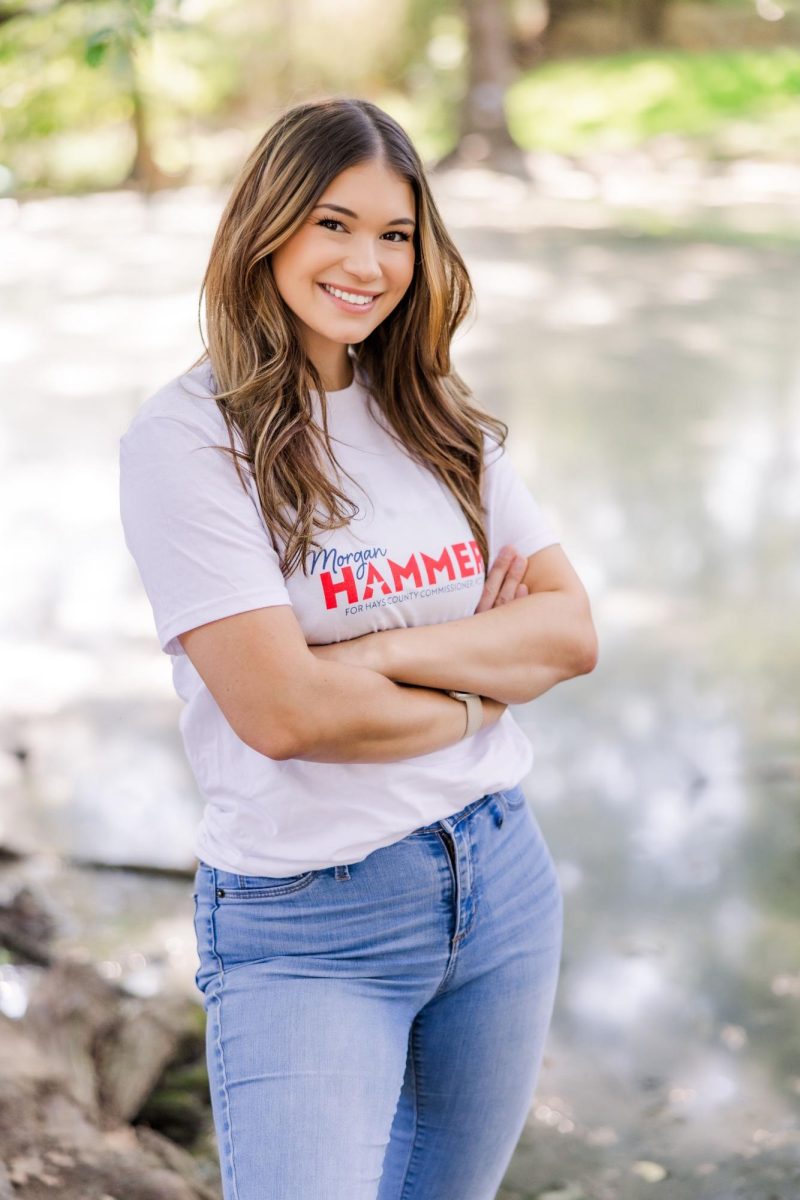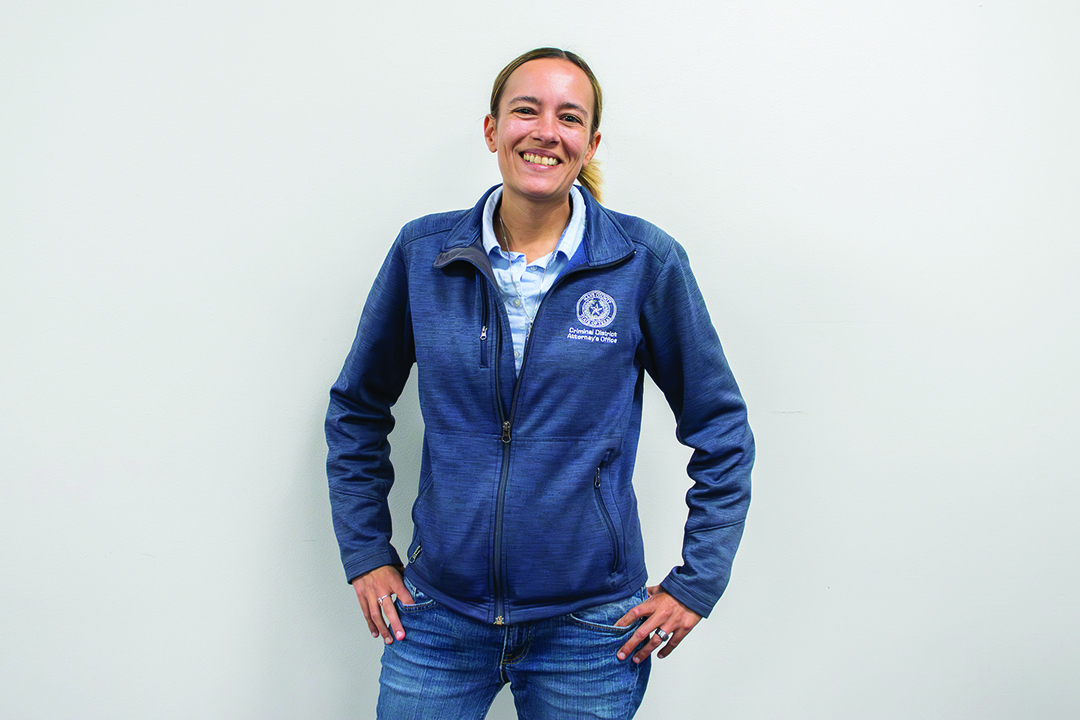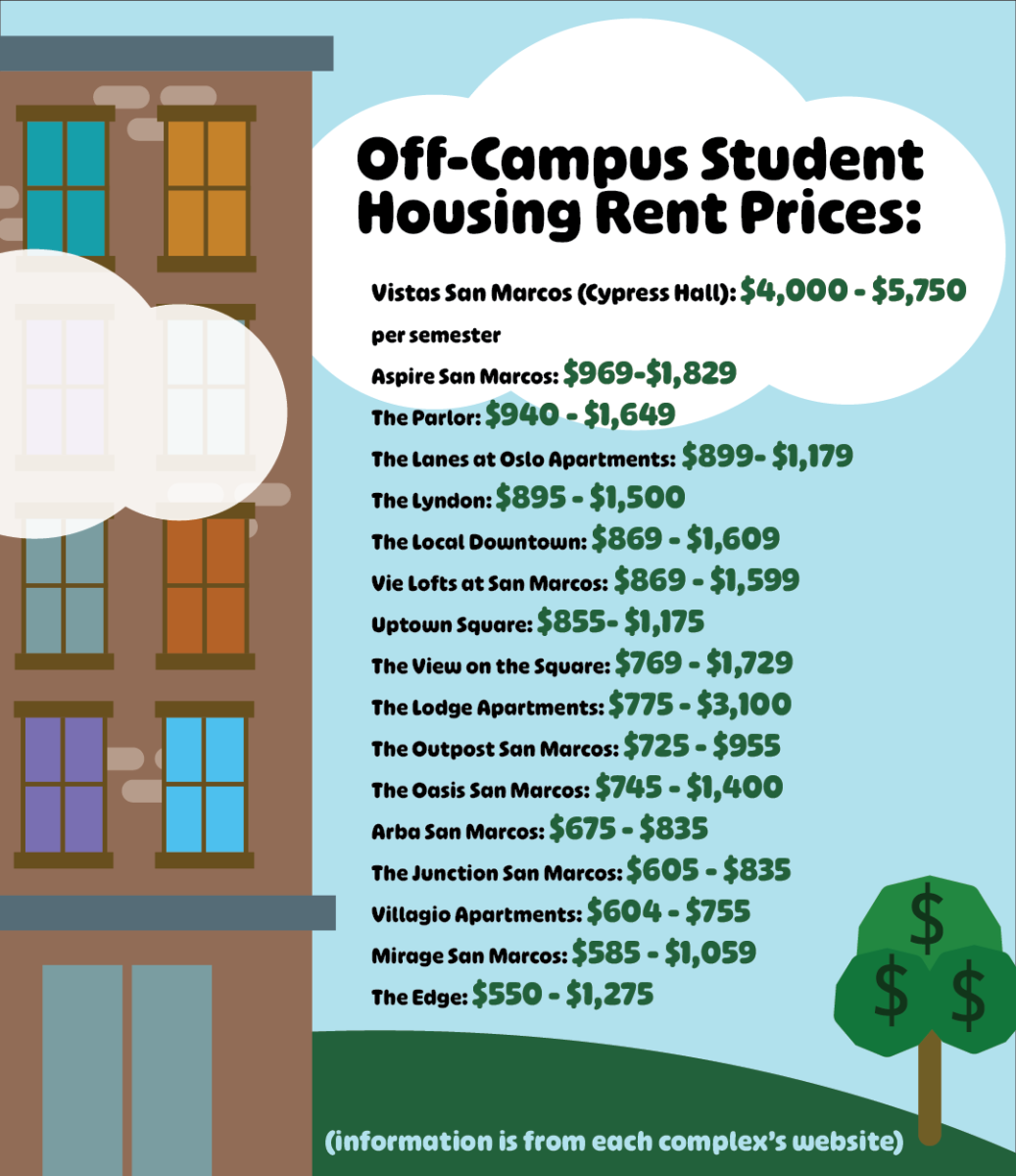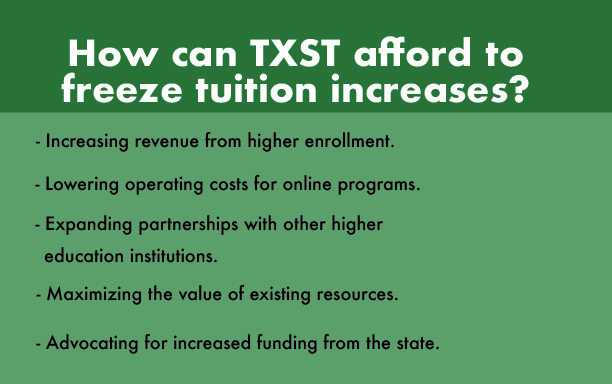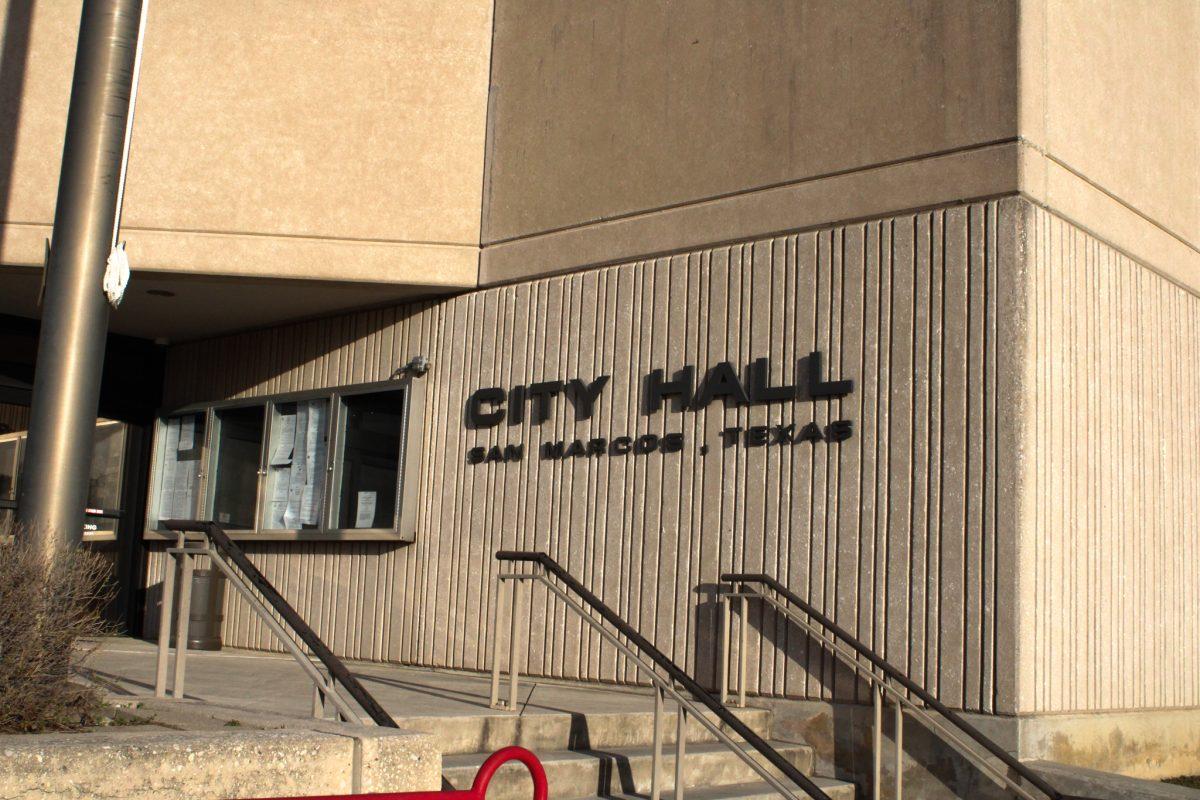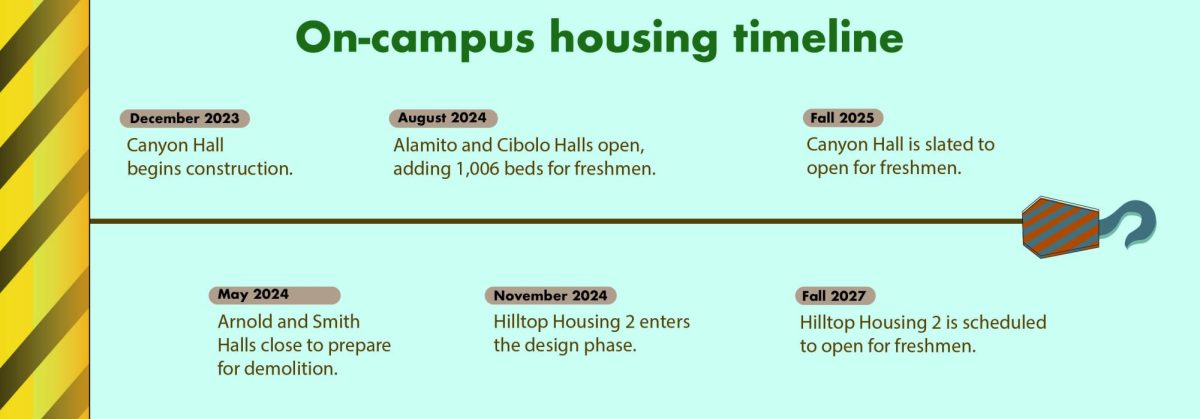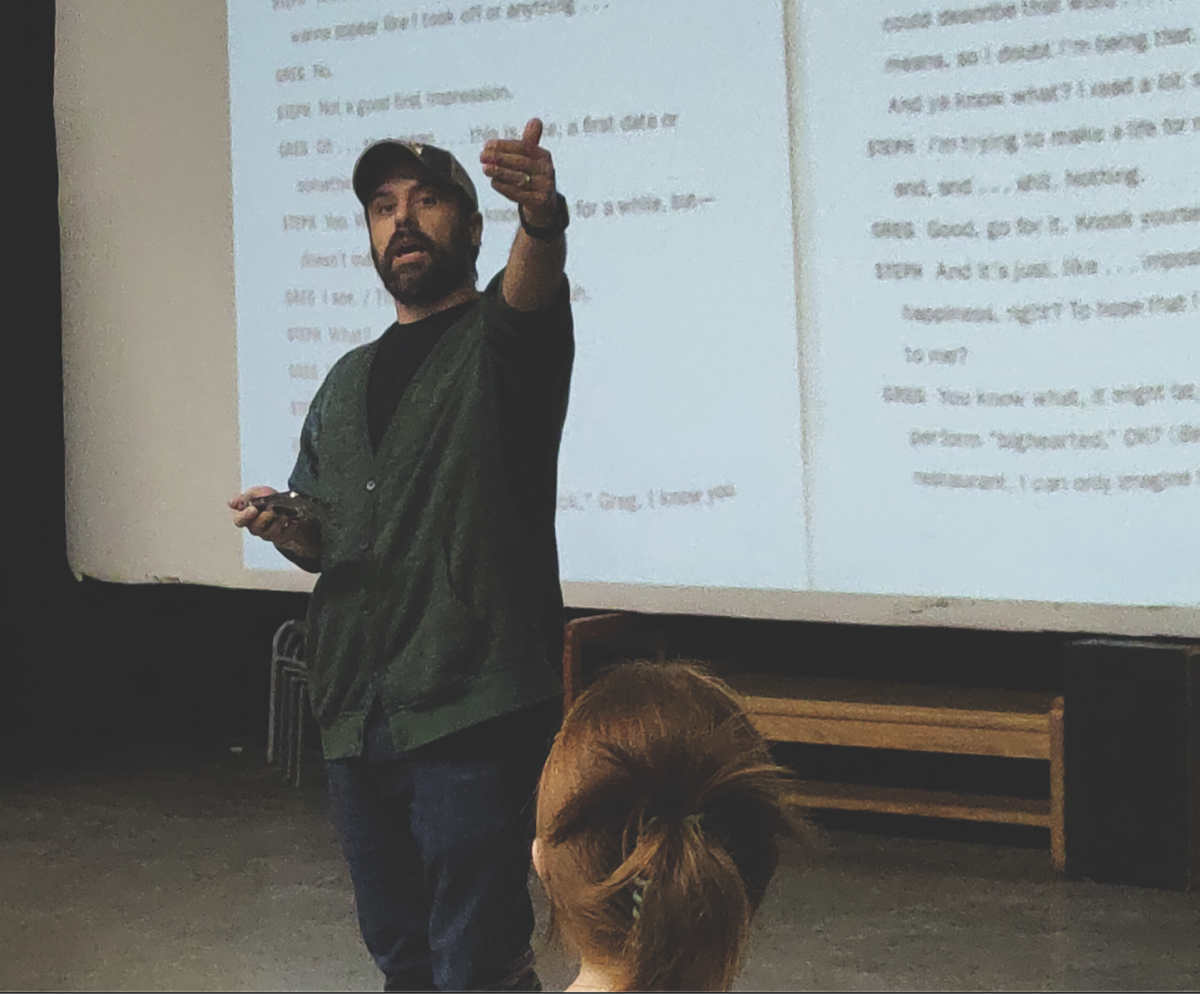Hays County’s voter turnout during the 2020 general election was the highest the county had seen this century. 109,963 of 153,614 registered voters, or 71.58%, went to the polls or cast their ballots by mail.
However, just one month later during the San Marcos runoff election to decide its mayor and a member of its City Council, only 8.7% of the city’s registered voters showed up to vote. Though made more apparent by 2020’s record turnout, the decrease in turnout was not unusual; in 2018, voter turnout dropped from 59.25% in the general election to 3.25% in the runoff.
Griffin Spell, a member of the San Marcos Planning & Zoning Commission who ran for City Council in 2018, says the drop in voter turnout was not a split between general and runoff elections but a broader lack of engagement in local politics.
“When you turn on the news, it’s all national politics and national issues and people just focus on those,” Spell says. “I’m on the Planning & Zoning Commission, and the decisions we make have a lot of impact on apartments and housing and those issues here in the city, but attention to those has always been historically low.”
To Spell’s point, general elections with only local races on the ballot tend to see much lower turnout than those that include state or federal races. In 2019, for example, when the ballot was full of propositions and local races, voter turnout was 13.57%. In 2017, it was 6.75%.
Hays County Elections Administrator Jennifer Anderson says voter fatigue may have played a role since the December runoff was the fourth election held in 2020. Three of the four took place during the latter half of the year.
“I think because we had the primary runoff postponed to July and then we had the general election in November, people were not interested in getting back out and voting again in December,” Anderson says.
Juan Miguel Arredondo, a trustee on the San Marcos Consolidated Independent School District School Board who was one of two candidates for mayor in the December runoff, thinks the timing of the election contributed to the low turnout.
“The university students were in the midst of finals, folks were preparing for the holidays or their children getting out of school,” Arredondo says. “Everyone’s mind was somewhere else.”
According to Spell, there are likely factors making voter turnout in San Marcos appear lower than it is — something he calls “phantom voters.” The term refers to people registered to vote in Hays County who no longer live in the county.
Keeping voters on the voter rolls for around two years after they leave is a common practice throughout the nation, but in a college town like San Marcos, where an entire graduating class moves away each year, the effect on voter numbers is more noticeable than it might be elsewhere, Spell says.
“If you look at Kyle or New Braunfels or Wimberley or anywhere else, their number of people who vote in their runoffs is a couple percent higher, and it’s really just to do with the fact that we don’t want to take people off the voter rolls too soon,” Spell says.
Even when accounting for the inflation of voter numbers, turnout in local elections is still low but has witnessed a steady rise, thanks in part to voter advocacy groups like MOVE Texas and Texas Rising. Charlie Bonner, communications director for MOVE Texas, says it is pivotal for communities to understand the effects local government decisions can have.
“There’s so many things that we care about that we don’t know our local government either can do something on or can have the most impact on, especially when we look at issues like racial justice and police violence,” Bonner says. “It’s our local governments who are really going to have the most profound impact on those issues.”
However, Bonner says increasing turnout will require a continued effort across the system, from voters to activists to elected officials.
Regarding action at the county level, Anderson believes Hays County has done what it can, and the responsibility for increasing turnout now rests with the campaigning efforts of local candidates.
“We are at a peak right now in increased registration, and we were in that runoff election, so I think at that point it’s probably going to be up to candidates to get voters to the polls,” Anderson says.
Arredondo thinks runoff elections are an unnecessary barrier to the democratic process and suggests ranked-choice voting as an alternative, which allows voters to rank their candidates by preference. Ranked-choice voting allows voters to fill out the ballot and indicate who their first, second choice, third choice, etc. is for each position.
The candidate who receives the majority of votes, more than 50%, wins. If no candidate receives a majority of first-choice votes, a new counting process beings. The candidate who received the least amount of votes is eliminated; that candidate’s votes are then redistributed to the candidate their voters selected as their second-choice pick.
“Ranked-choice voting is inherently more democratic and allows those 71% of folks who turned out to vote in November to actually have a say in who [are] their elected representatives,” Arredondo says.
Voter turnout rates for future local and runoff elections remain unknown, but Bonner is optimistic that engagement in local politics will continue to grow.
“People are empowered,” Bonner says. “They realize how much impact they could have with people working together, when they show up on the streets together, when they make their voices heard, and I think we’re seeing that energy shift to local politics.”
Categories:
County officials examine low voter turnout in runoff election
Carson Ganong, News Contributor
February 3, 2021
Texas State held early voting for San Marcos runoff elections Nov. 30 to Dec. 4 and on Election Day Dec. 8 at the Performing Arts Center.
0
Donate to The University Star
Your donation will support the student journalists of Texas State University. Your contribution will allow us to purchase equipment and cover our annual website hosting costs.
More to Discover


